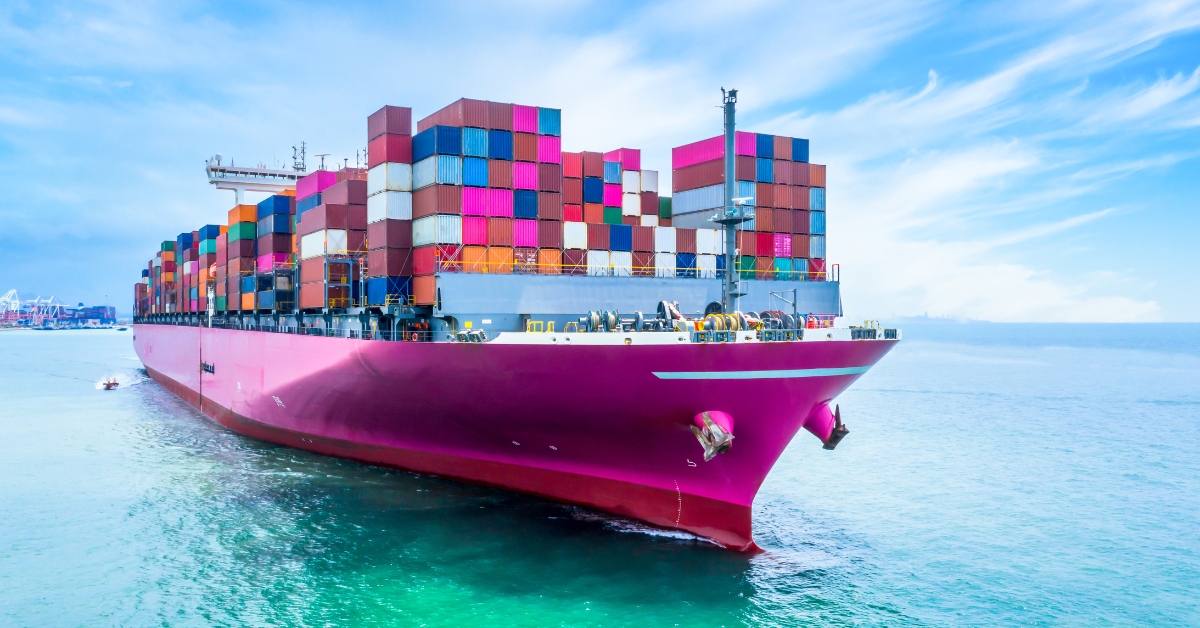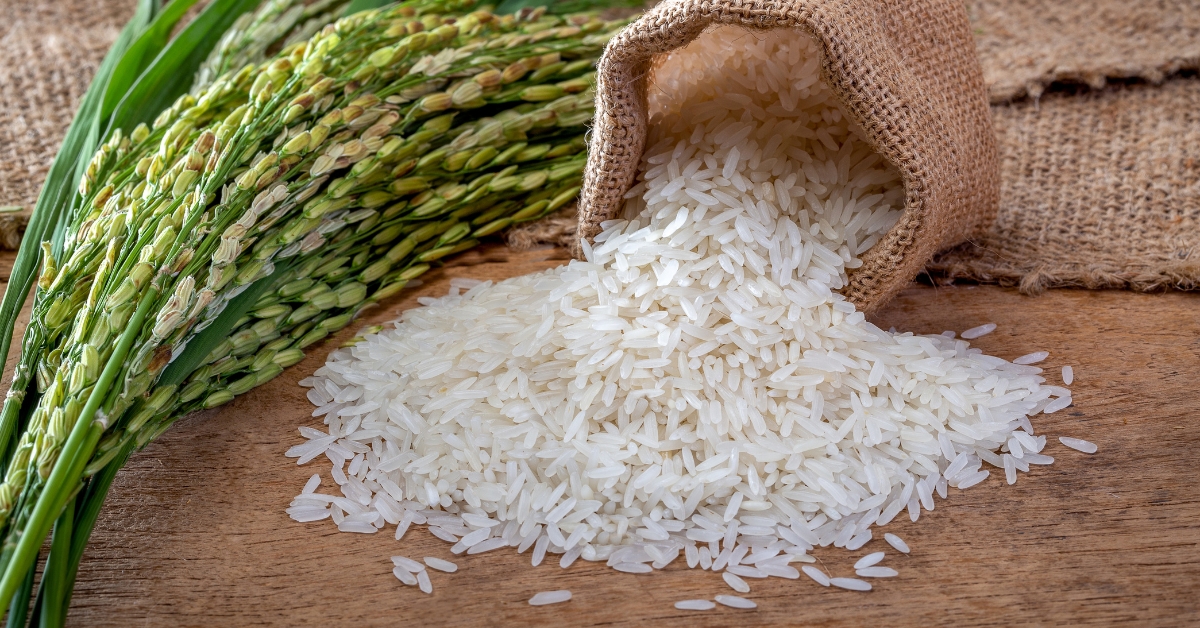India’s new anti-dumping duties on Chinese goods like aluminum foil aim to protect local businesses.
Table of Contents
Here is a straightforward guide to what is happening and why it matters.
Have you ever wondered why the price of your favorite reusable water bottle or the foil you use to wrap leftovers might nudge up a bit?
On March 24, 2025, India rolled out anti-dumping duties on five Chinese imports—including aluminum foil, vacuum-insulated flasks, and more—to shield its homegrown industries from super-cheap foreign goods.
This move is like putting a safety net under local businesses but has layers worth unpacking.
Let us break it down in an easy-to-grasp way, with insights to help you see the bigger picture.
What is Happening with These Duties?
India’s government noticed that some Chinese products were flooding the market at low prices, hurting Indian companies.
To fix this, they have added extra fees—called anti-dumping duties—on five specific imports from China.
Think of it as a way to make cheap goods more expensive, giving Indian makers a fair shot at competing.
Here is what is on the list and what it means:
- Aluminum Foil: Up to $873 per tonne for six months. You use this to pack food or cover dishes—it is a kitchen staple.
- Vacuum-insulated flasks: $1,732 per tonne. These trendy water bottles keep drinks hot or cold.
- Soft Ferrite Cores: Up to 35% of their import value. They are tiny parts of electric cars, chargers, and telecom gadgets.
- Trichloro Isocyanuric Acid: $276 to $986 per tonne. This chemical keeps water clean in pools or treatment plants.
- Poly Vinyl Chloride Paste Resin: $89 to $707 per tonne (also from Korea and Taiwan). It is used in plastics and medical supplies.
These duties come after India’s trade experts, the Directorate General of Trade Remedies (DGTR), found that these low prices—called “dumping”—damaged local industries.
Most duties last five years, but the one on aluminum foil is temporary, set at six months.
Why Does India Care So Much?
Picture this: China is a giant in making stuff—sometimes so much that it sells overseas for less than it is worth at home.
For India, this flood of cheap imports has been a headache.
In 2023-24, India bought $85 billion more from China than it sold back—a considerable gap called a trade deficit.
Cash leaving the country has been challenging for Indian workers and businesses.
Take aluminum foil, for example.
Local producers were losing sales because Chinese foil was dirt cheap.
The same goes for soft ferrite cores, which India needs to grow its electric vehicle industry—a big deal for a greener future.
By adding these duties, India says, “Hey, let us give our people a chance to shine.”
It is part of a push called “Make in India,” which wants more local goods, creating jobs and cutting reliance on imports.
How Does This Fit with Global Rules?
You might think, “Isn’t this against free trade?” Not really!
The World Trade Organization (WTO)—a global trade referee—says it is okay to use anti-dumping duties if cheap imports hurt your home team.
India plays by these rules, following a process where the DGTR checks the damage and suggests action.
It is like a game timeout to ensure everyone plays fair.
Other countries do this, too.
The U.S. recently hiked tariffs on Chinese electric vehicles, and the EU has been strict on Chinese steel.
India’s move fits into this global trend of pushing back against dumping, especially from China, which pumps tons of goods at rock-bottom prices.
What is in It for India?
For Indian businesses, this is a breath of fresh air.
Imagine you are a small factory owner making vacuum-insulated flasks.
With Chinese ones costing less, you have been struggling.
Now, with the $1,732-per-tonne duty, those imports are not so cheap anymore, and customers might pick your flasks instead.
That is more sales, hires, and room to grow.
Here is a quick look at the benefits:
| Benefit | What It Means |
|---|---|
| Stronger Local Industry | Indian companies can compete and grow. |
| More Jobs | Factories might hire more workers. |
| Less Import Dependence | India relies less on foreign goods over time. |
| Trade Balance | Narrows that $85 billion gap with China, bit by bit. |
However, it is not all rosy. Consumers—like you and me—might see prices creep up.
That foil for your sandwiches or that cool flask might cost a few extra rupees.
Importers are not thrilled either—they are stuck paying more to bring stuff in.
The Flip Side: Challenges Ahead
While this helps local makers, it is not a magic fix.
China is still a massive trading partner, and India cannot just shut the door.
Some worry that higher costs could slow down industries that use these imports, such as packaging or water treatment.
Plus, China might hit back with its own rules, making it harder for Indian goods to sell there.
There is also a timing twist.
With global trade tensions rising—think U.S. tariffs under leaders like Donald Trump—China has extra goods to unload somewhere.
India is worried it could become a dumping ground if it does not act fast.
These duties are a preemptive strike, but they will need watching to see if they work.
A Peek into the Future
These anti-dumping duties are a six-month test for aluminum foil and a five-year commitment for the rest.
The DGTR will monitor the situation and tweak it if necessary.
If it works, India might expand this to other products—steel is already on the radar.
It is a step toward self-reliance and a tightrope walk in a world where trade keeps everyone connected.
For everyday folks, it is a mixed bag.
You might pay more for some items but also support local workers.
For businesses, it is a lifeline to grow stronger.
Moreover, for India, it is bold to say, “We have got this.”
What do you think—will this spark a manufacturing boom, or is it just a speed bump in the global trade race?
Either way, it is a story worth watching unfold.






